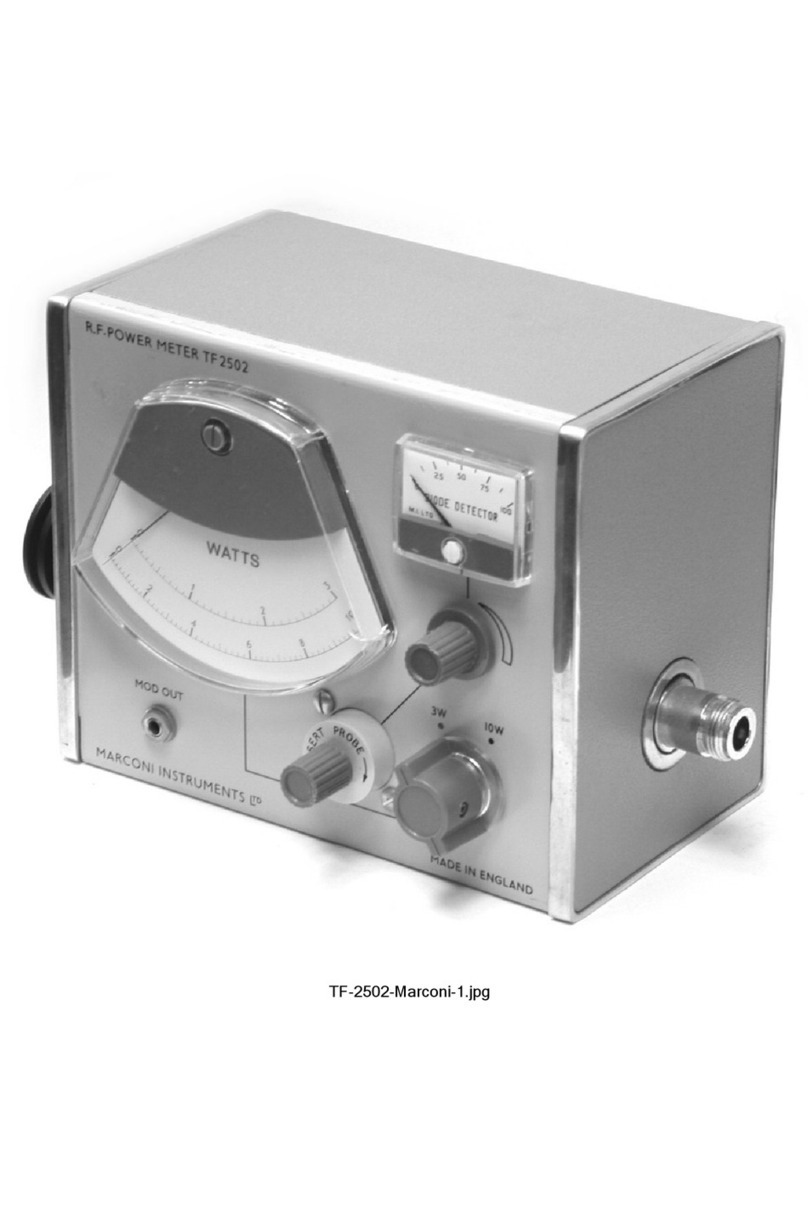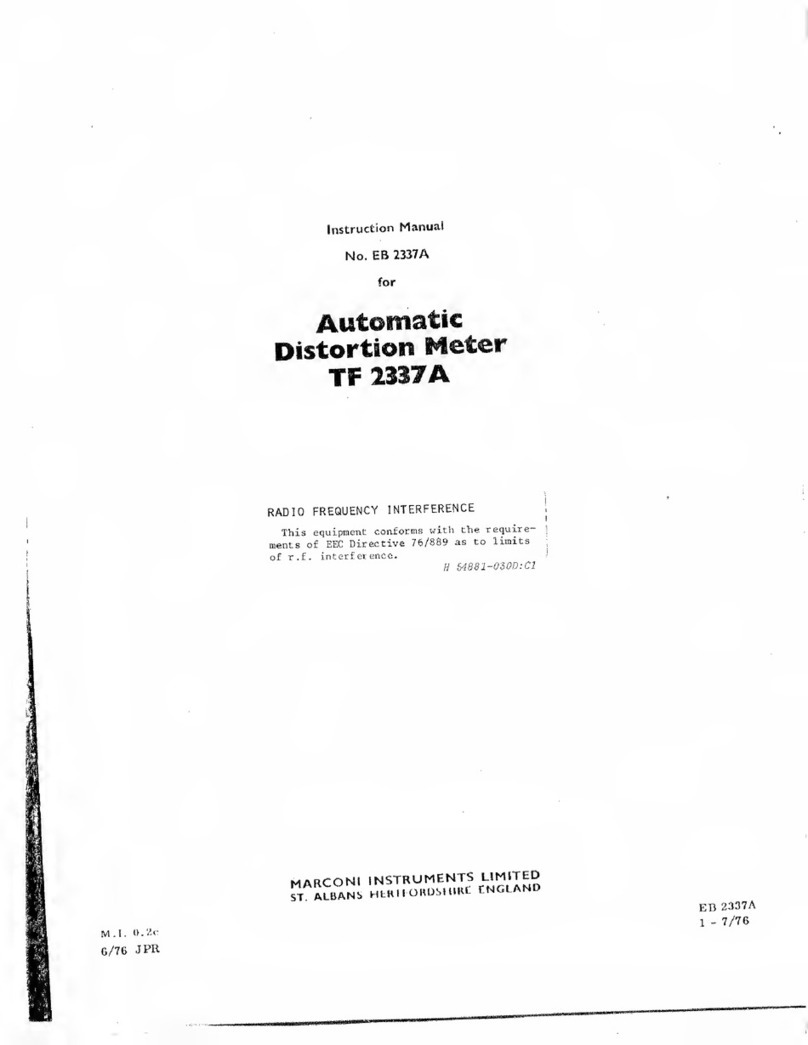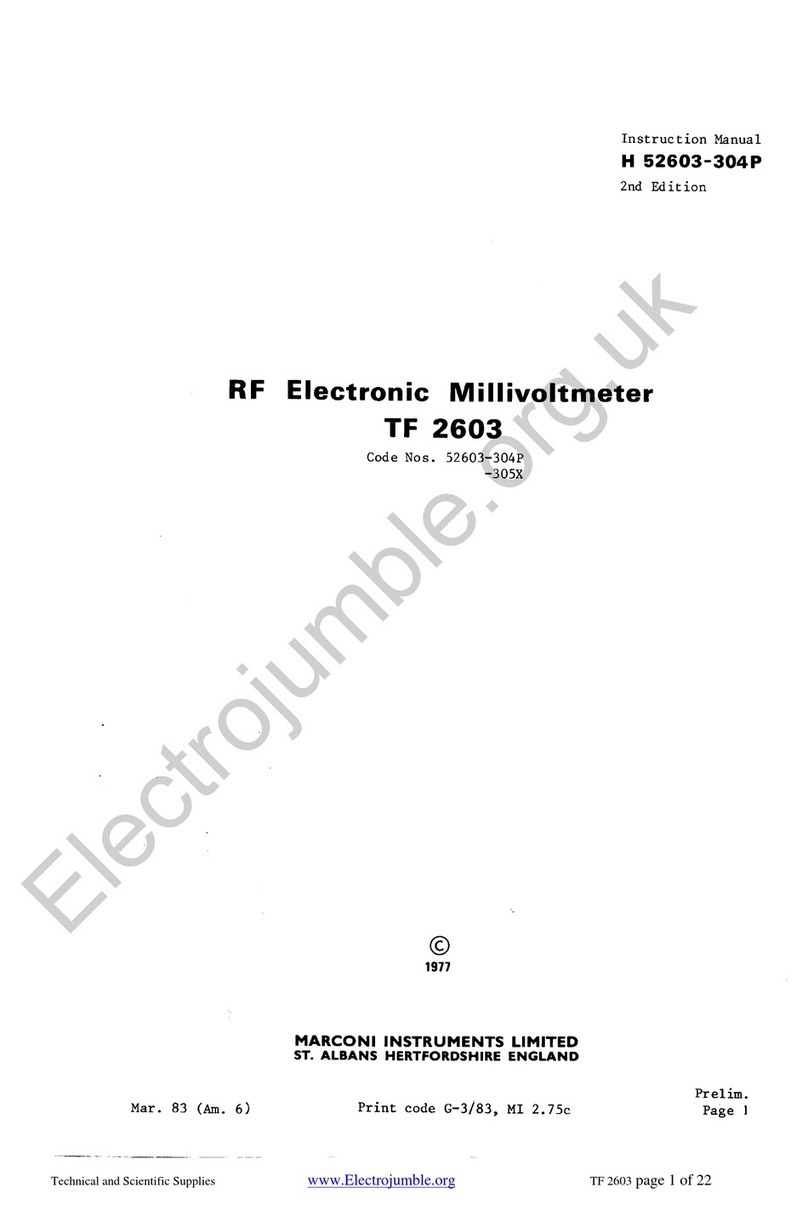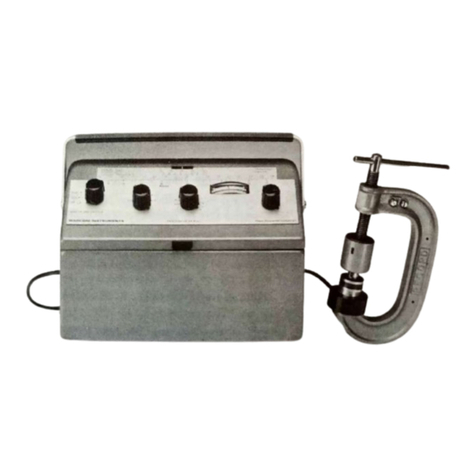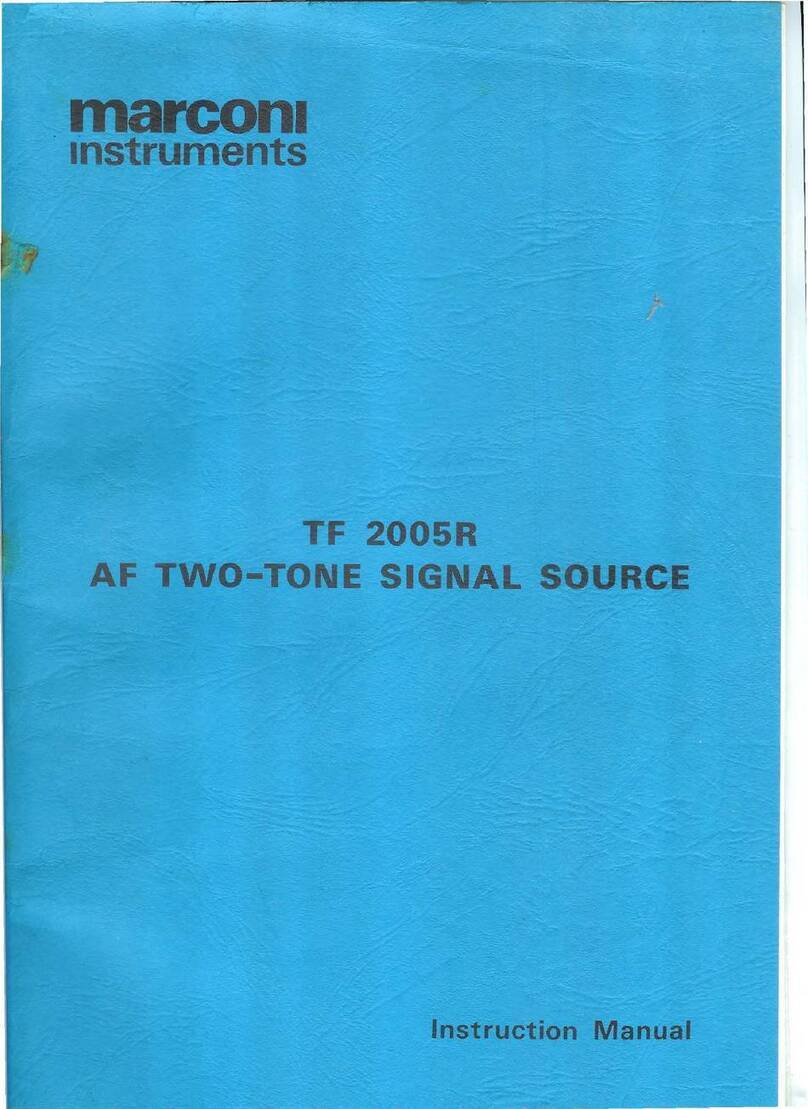
H52382-900A
Vol. 1
Surveiilance
Signal source purity measurements
•Commissioning communication systems
•PCM and FDM system measurements
Measurements on CW, FM, and AM signals including :
non-linear modulation
hum sidebands
spurious FM on AM
carrier frequency
modulation frequency
deviation/modulation depth
•Displaying the characteristics of active and passive networks -
filters, amplifiers etc*
3. The instrument is amicroprocessor controlled swept tuned analyser of the
superheterodyne type* It comprises alower unit (2382) containing afre-
quency synthesizer and swept receiver, and an upper unit (2380) containing the
display, digital processing and power supply* The c*r*t. has aviewing area
of 140 mm x110 mm. Aminimum of multifunction front panel controls have
been used for simplicity and ease of operation*
4, The display is scaled In both frequency and amplitude for absolute and
relative measurement -advanced circuit design, digital error correction and
automatic self calibration give areference level accuracy of il dB,
5* For optimum control the operator may set the reference frequency, span,
and reference level using either akeypad or dedicated rotary controls* Full
GPIB talk and listen facilities are also provided*
The display
6* Two memory stores designated Aand Brecord the display, and the content
of either or both stores refreshes the horizontally scanned TV type raster.
The graticule, having 10 x 10 major divisions and five vertical and horizontal
minor sub-divisions, is electronically generated and the Aand Btraces can be
displayed against this background* The two traces Aand B, and the graticule,
have separate brightness controls to highlight one trace against the other or
against the graticule lines* In addition each trace may be Infilled or
outlined, according to user preference, to clarify the picture when the signal
is particularly complex. All these ensure that the display Is clear and easy
to Interpret and if the ''Options^ board is fitted it can be shown in colour on
an RGB video monitor by coupling this into asocket at the rear of the 2380*
7. The Aand Btraces have independently variable reference levels and
vertical scales* The levels relating to each are displayed adjacent to the
major graticule lines; those for the Atrace are on the left hand side of the
screen and those for the Btrace on the right hand side. Main control
settings are indicated as screen annotations not only for ease of operation
but also to provide an unambiguous photographic record if required. The
display can be protected from being overwritten by using the "SAVE"' mode.
Additional information can be typed into atext area at the top of the screen
Chap *1
Page 4July 85












